
Greetings All,
It has been a rough week for me, which has put us behind schedule this week. I have been assisting a dear friend and mighty force in our greater LGBTQ+ community these past few months. When I came to Chicago in 1976, one of the first friends I made was Marge Summit, then owner of His N Hers, a popular community bar located under the L tracks on Addison.
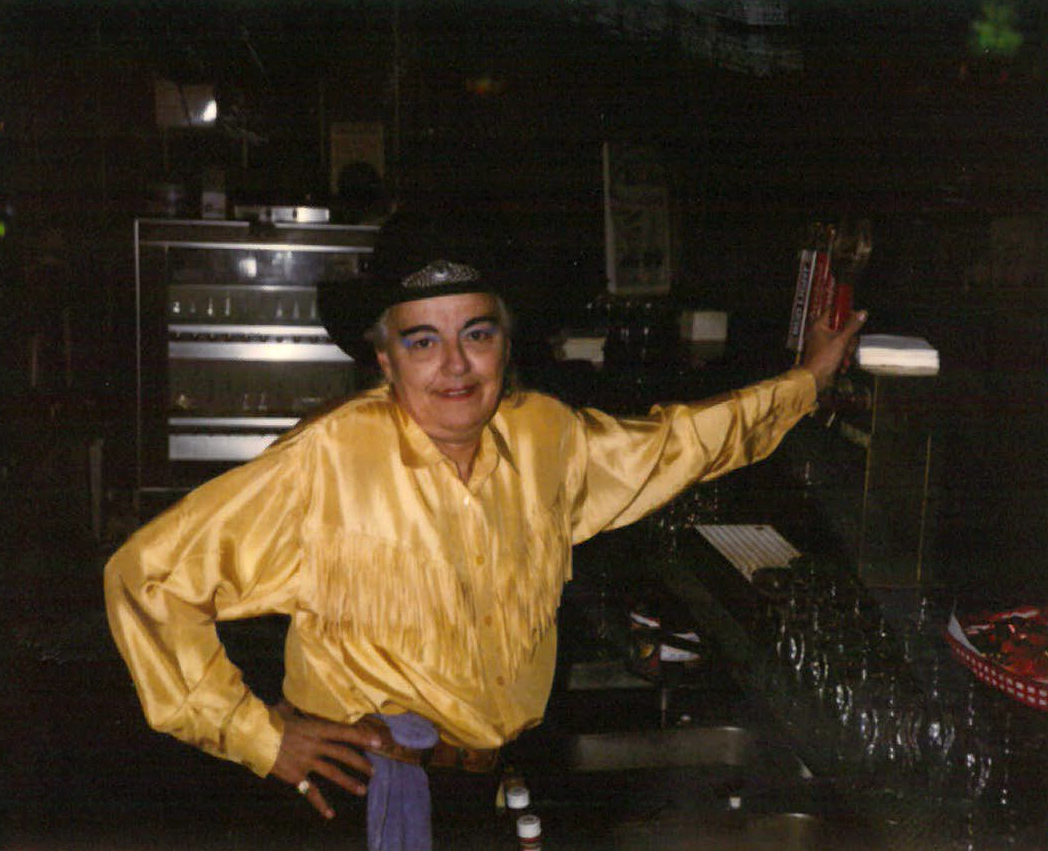
Marge created a wonderful space that brought many facets of our community together to celebrate. Marge’s staff served us great drinks, prepared fabulous food including the best burger I ever enjoyed in Chicago. And Marge made a space for lots of local talent to perform, grow and succeed.
She became a dear friend and mentor to me in the service industry. Those of you who joined me for Chicago’s Original Country Dance after closing Carol’s Speakeasy should remember Marge helping us serve drinks at various spots along the way Pusch Studios, Paris Dance, Whiskey River, Bedrock to name a few.
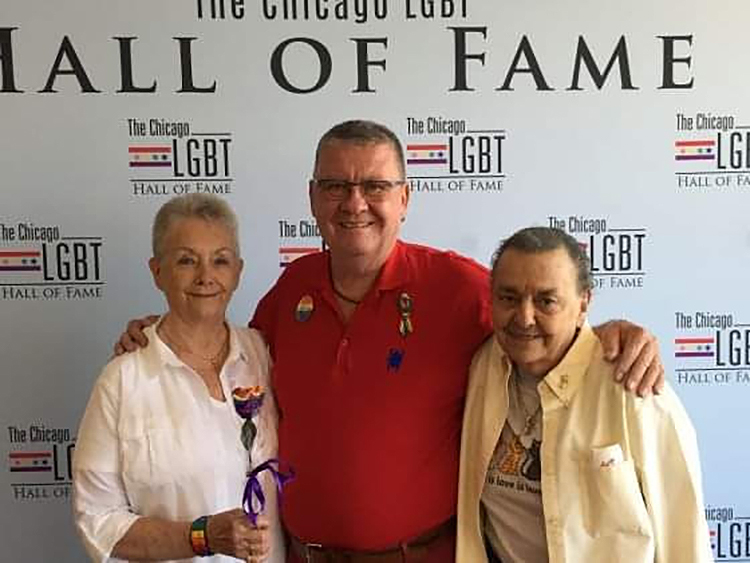
As an icon of our community, Marge was there when AIDS first struck Chicago. Her support for many of the early organizations that came to be in response to this emergency was fantastic. Howard Brown, Chicago House, Open Hand and numerous others were causes championed at His N Hers in the 80s with the support of the talented artist that performed at the bar.
Marge did more than just host benefits; she took action when needed. One of my favorite things she did was to push peoples’ comfort zones.
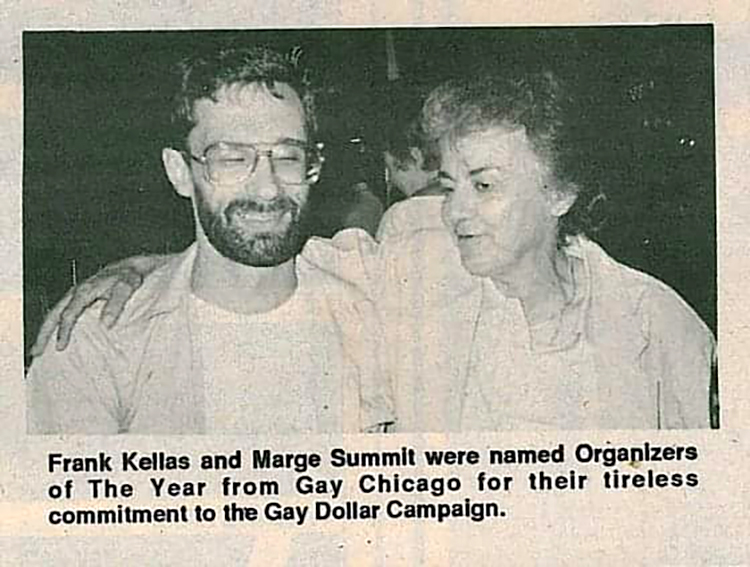
To stress the economic force of our community, Marge and her leather buddy Frank Kellas launched the Gay Dollar campaign. She bought rubber stamps that read Gay Dollar and stamped thousands of one dollar bills. In the 80s, that got the attention of the Feds. They visited her and threatened her if she persisted. She did persist and straight folks were forced to be embarrassed by handing over “gay money” when shopping, dining, etc.
You may not remember there was a small grocery store at the corner of Belmont & Broadway. The owners were unhappy as the neighborhood became “New Town” with gays moving into the area. Bars, stores catering to gays sprang up. With the fear of AIDS, the owners were afraid of contact with us. Marge would get friends to join her to each grab a grocery cart and fill it with all kinds of items, the smaller the better. Filling the carts, they would leave them at the checkout announcing they were gay. The fearful owners and staff would be forced to wipe off all the handled merchandise, fearing contamination of AIDS. Sound familiar?
Marge met the love of her life, Janan, in her later years and I was honored to host their wedding at my Country Dance at The Call. Sadly, we had to celebrate Janan’s passing there too. The past few months were hard for Marge, failing health and loneliness made it a vicious circle. I was fortunate to spend time with her, sharing memories, meals, helping her cope as she became weaker.
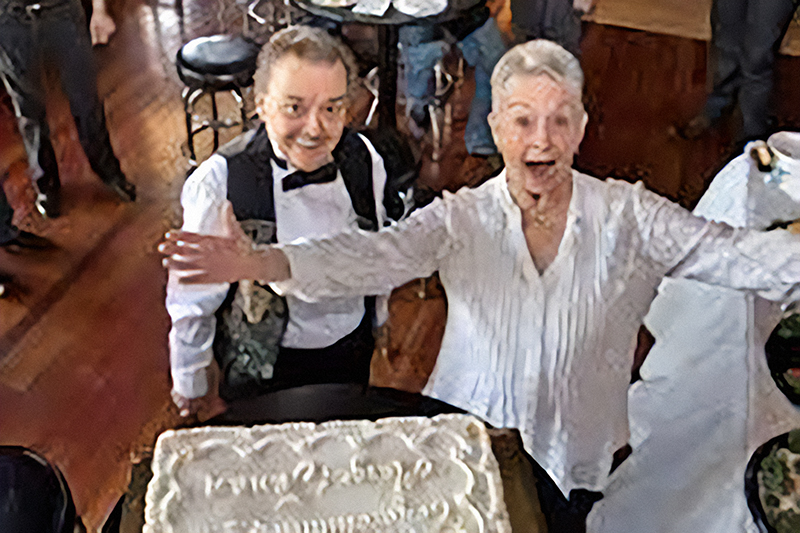
I got to sit with her one last time on Tuesday in her finally hours as she passed from this world knowing she would be reunited with her wife, Janan.
Marge was not part of our leather community, but she understood our side of the family. She was a great friend of Chuck Rodocker, Chuck Renslow and Jim Flint, all leather bar owners in the 70s and 80s. She stood with us as AIDs decimated the clubs and took the lives of so many leathermen.
This loss is not felt just by me but many others of our leather community of that era.
Thanks for allowing me to share this passing with you.



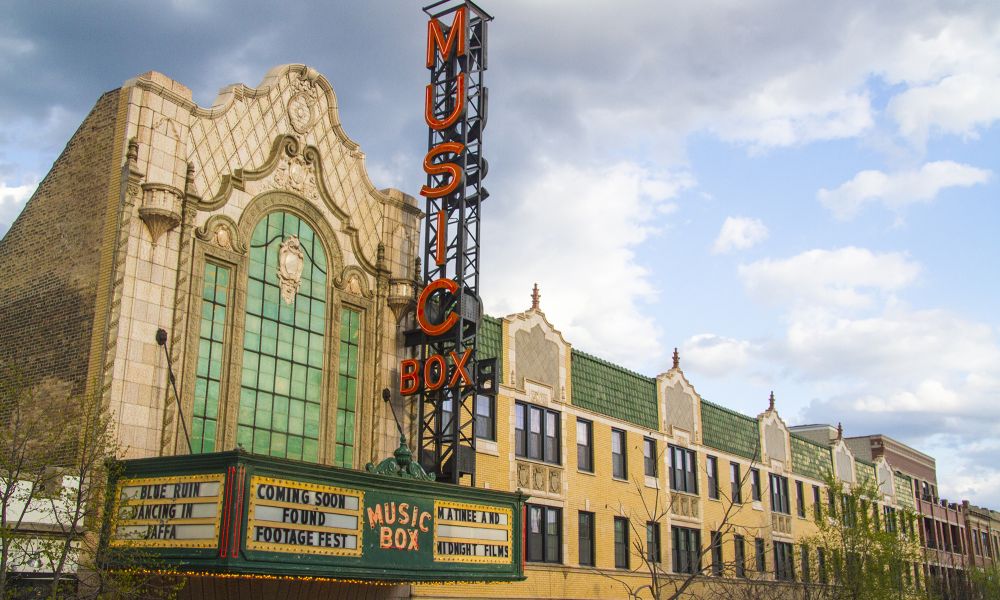
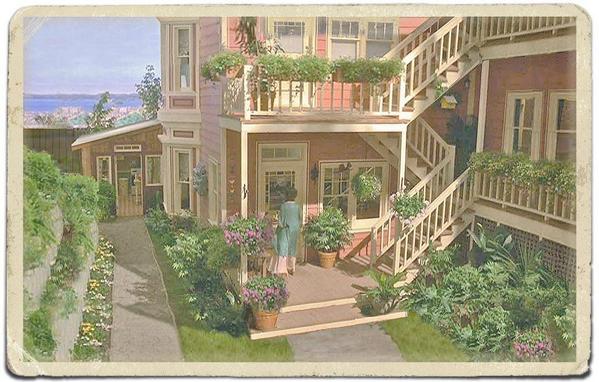
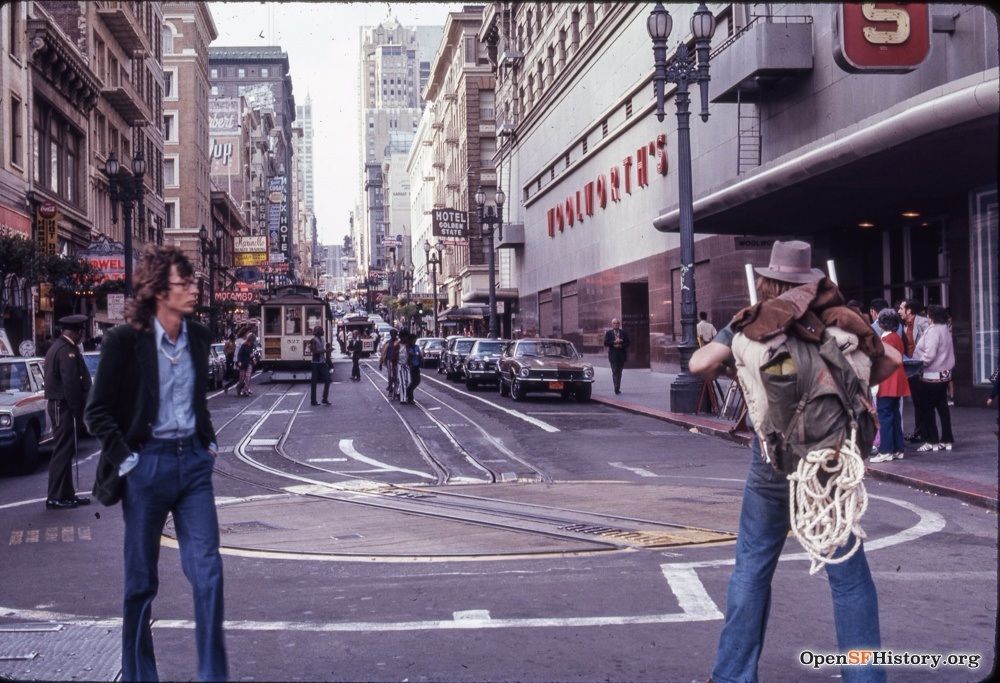
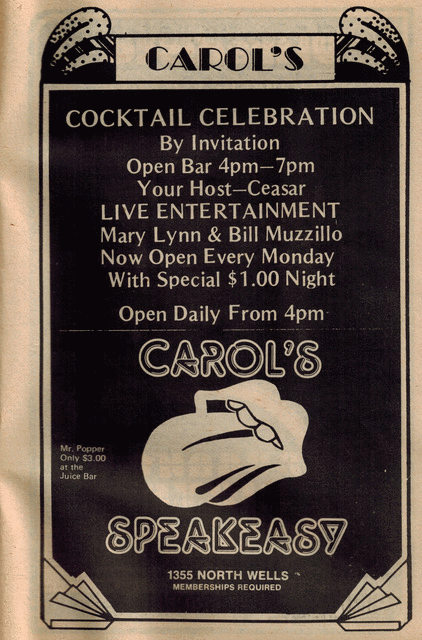
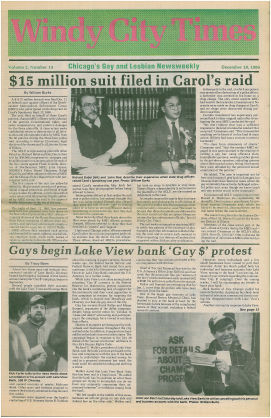
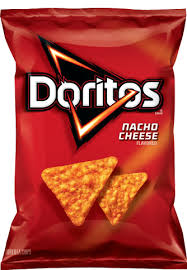
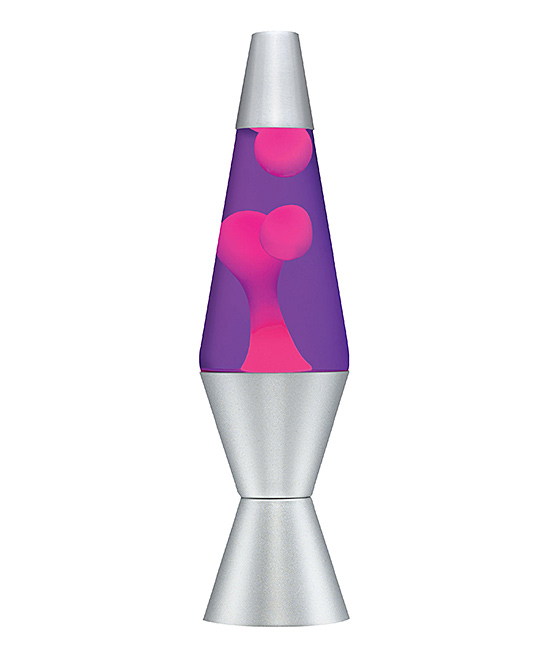
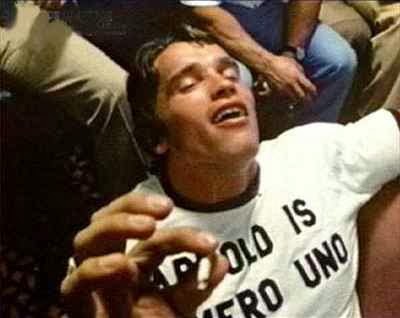
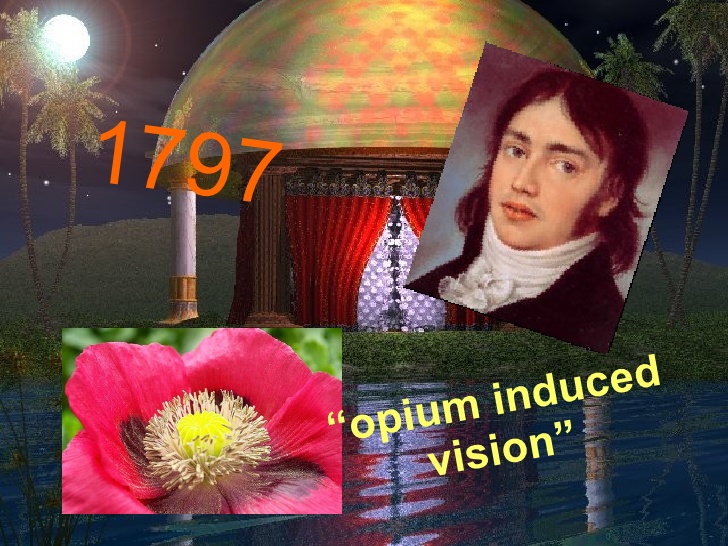

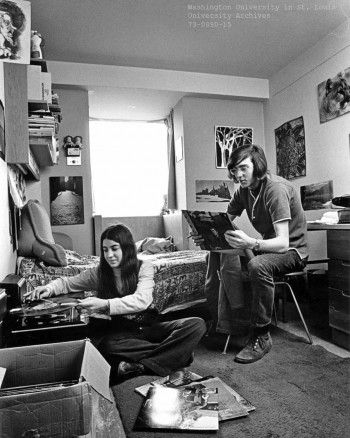
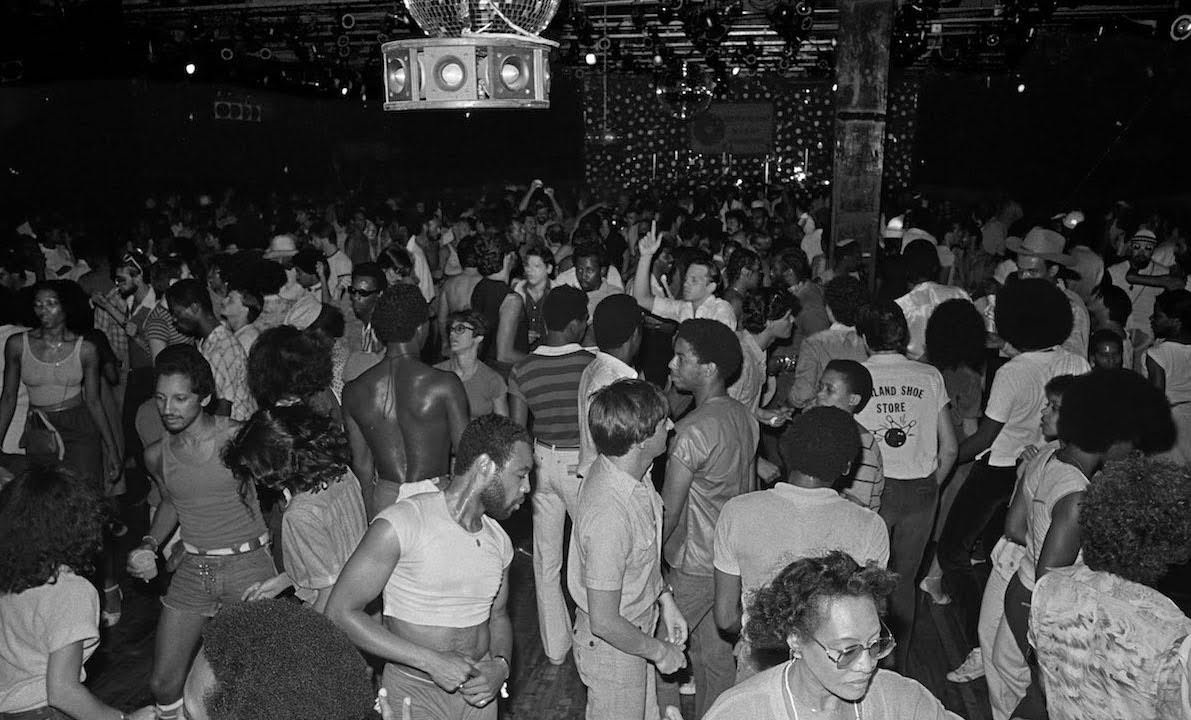
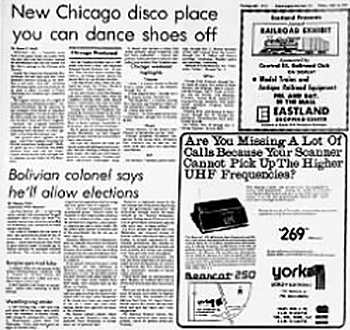
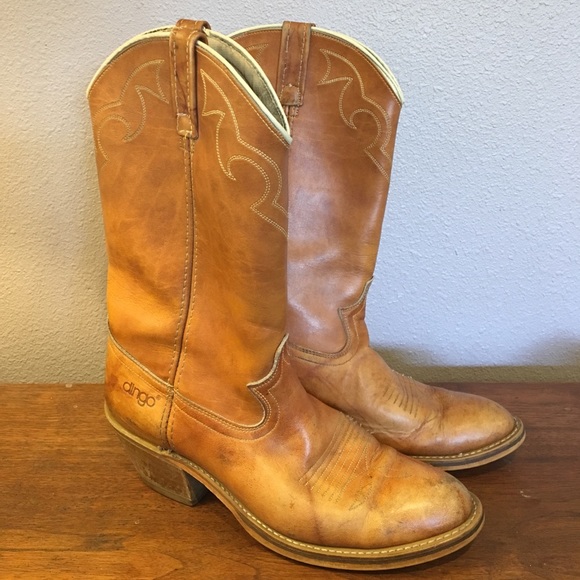
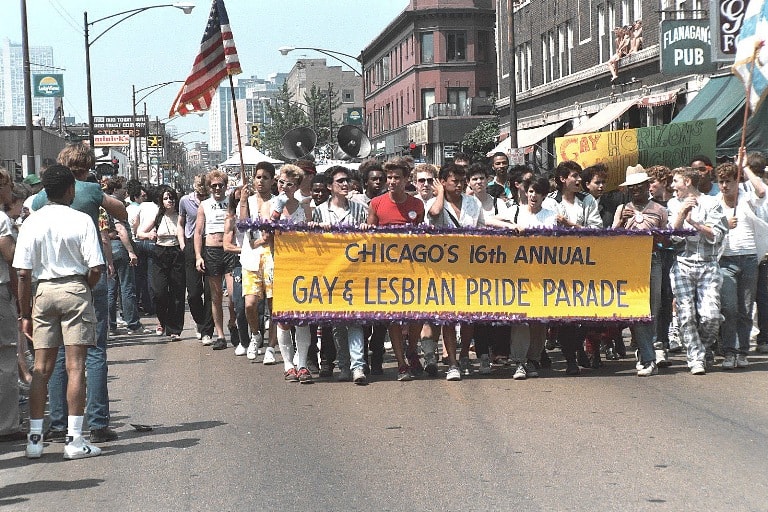
 Join our Email List
Join our Email List Like Us on Facebook
Like Us on Facebook Instagram
Instagram Youtube
Youtube Follow Us on Twitter
Follow Us on Twitter Follow us on Pinterest
Follow us on Pinterest